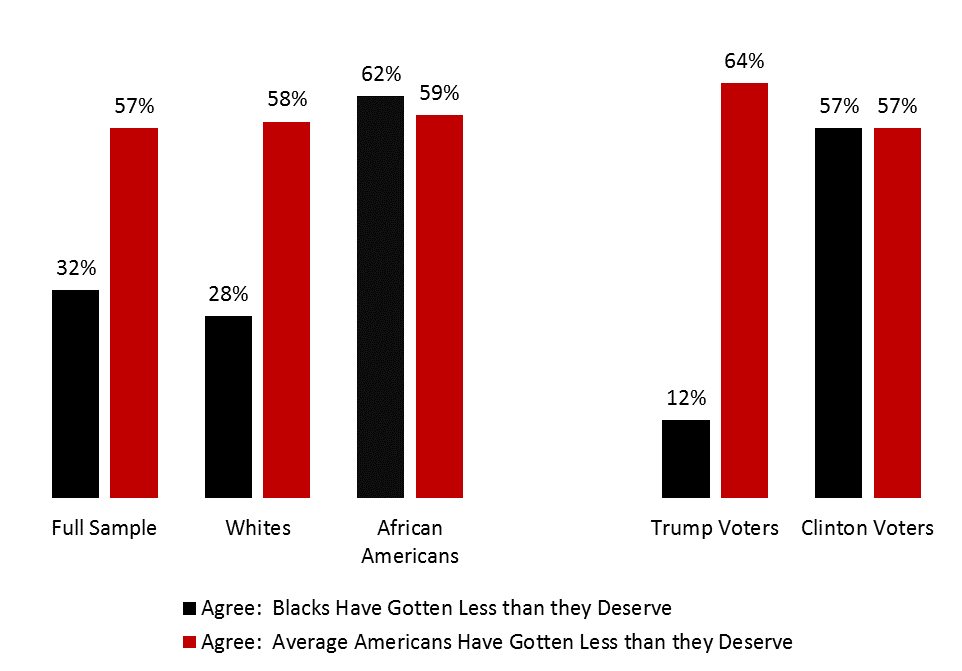Consider the following problem:
Linda is 31 years old, single, outspoken and very bright. She majored in philosophy. As a student, she was deeply concerned with issues of discrimination and social justice, and also participated in anti-nuclear demonstrations.
Which alternative is more probable?
A. Linda is a bank teller.
B. Linda is a bank teller and is active in the feminist movement.
“A” is the correct answer. Since there are undoubtedly some bank tellers who are not feminists, “B” cannot be more probable than “A”. To answer “B” is to commit a conjunction fallacy, since the conjunction of two events (bank teller and feminist) cannot be more probable than one of them (bank teller) alone. We commit this error because we associate the other qualities mentioned in the description with being a feminist.
Will Gervais of the University of Kentucky and his colleagues used the conjunction fallacy to measure what they call “extreme intuitive moral prejudice against atheists.” Participants were 3,256 people from the United States and 12 other countries. (See the chart below for the countries). They read a description of a man who tortured animals as a child. As an adult, he engaged in several acts of violence, ending with the murder and mutilation of five homeless people. Half the participants from each country were asked:
Which alternative is more probable?
A. He is a teacher.
B. He is a teacher who is a religious believer.
The other participants were asked:
Which alternative is more probable?
A. He is a teacher.
B. He is a teacher who does not believe in god(s).
“B” is always the wrong answer, but the authors infer that if more people give this incorrect answer when the target is described as not believing in a god than when he is described as a religious believer, then the participants are (collectively) biased against atheists. Presumably, the respondents believe serial murderers are more likely to be atheists than religious people. Here are the results.

The chart shows the probability of a participant answering “B” when the target is an atheist compared to when he is religious, while statistically controlling for the participant’s gender, age, socioeconomic status and belief in god(s). There was bias against atheists in 12 of the 13 countries, the exception being Finland. Overall, people are about twice as likely to commit the conjunction fallacy when the target is described as an atheist (61%) than when he is described as religious (28%).

What is the effect of the respondents’ own belief in god(s) on answers to these questions? In the chart above, the individual’s certainty of the existence of a god increases from left to right. People at all levels of religious belief show prejudice against atheists, including atheists themselves—that is, people at the left who answered that the probability of a god’s existence is zero.
The authors did several followup studies. Using the same research method, they found that:
- People are more likely to assume that a person who does not believe in god(s) is a serial murderer than a person who does not believe in evolution, the accuracy of horoscopes, the safety of vaccines, or the reality of global warming.
- People are more likely to assume that a priest described as having molested young boys for decades is a priest who does not believe in god than a priest who does believe in god.
The assumption that morality depends on religious belief seems to be quite widespread, since it was obtained in religiously diverse cultures, including Christian, Buddhist, Hindu and Muslim societies. This association between atheism and bad behavior is all the more impressive given the lack of empirical evidence for a moral effect of religious beliefs.
On the other hand, 28% of the respondents who were given that choice saw the target as more likely to be a murderer if he was described as a religious believer than when his religiosity was not specified. This suggests that a minority of respondents associate religiosity with violence.
The authors describe their results as demonstrating an “intuitive” prejudice against atheists. They don’t indicate whether an intuitive belief operates consciously or without conscious intention. However, this prejudice seems to have some of the characteristics of an unconscious or implicit bias. It was measured using a fairly subtle technique. Participants were never asked to directly compare atheists with religious believers (although when the target was described as just a teacher, participants may have made the default assumption that he was religious). Furthermore, it is a bias shared by atheists themselves, suggesting that participants are repeating a popular cultural assumption, rather than reporting a belief that they have thoughtfully considered.
You may also be interested in reading:
The Implicit Association Test: Racial Bias on Cruise Control

 However, there is no evidence of any reduction in racial bias. Blacks and Hispanics account for 51% of the population of New York City, with Whites accounting for most of the remaining 49%. Yet
However, there is no evidence of any reduction in racial bias. Blacks and Hispanics account for 51% of the population of New York City, with Whites accounting for most of the remaining 49%. Yet  Black and Hispanic defendants are also
Black and Hispanic defendants are also  The persistence of racial discrimination in marijuana arrests seems to be due to a combination of institutional and individual racism.
The persistence of racial discrimination in marijuana arrests seems to be due to a combination of institutional and individual racism. 







You must be logged in to post a comment.